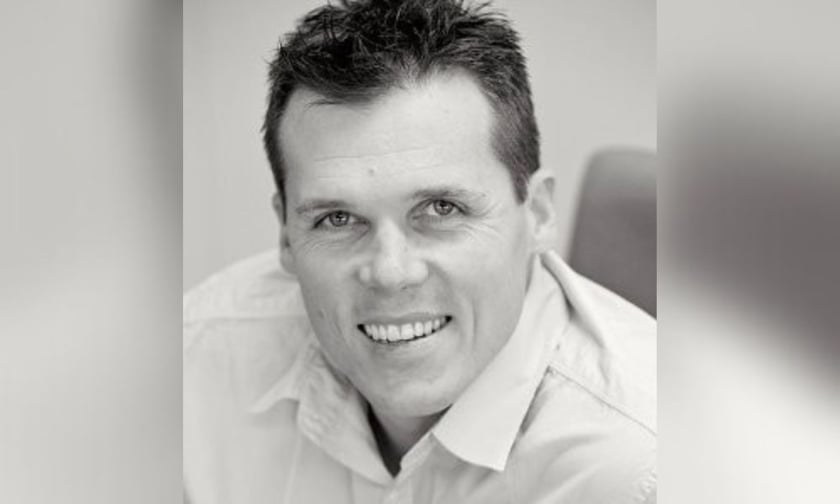

Ambrose Construct Group is bringing an important message to the Insurance Business Claims Leaders Summit Australia: insurers need to urgently prepare for a total ban on engineered stone. The Federal Government’s prohibition comes into force in all states and territories from July 1.
The insurance repair and restoration firm applauds the ban but Anthony McLean (pictured above), said it’s “a runaway train hurtling toward a sharp turn, with too much speed to take the corner.”
Australia is the first country to enforce a ban in response to hundreds of cases of stone workers developing silicosis. The lung disease is fatal and caused by breathing silica dust from this stone.
However, the product has become a common feature in homes across the country, particularly as the stone for benchtops, slabs and panels in kitchens.
Find out more: Attend the Claims Leaders Summit
McLean is national operations manager for Ambrose based on Queensland’s Sunshine Coast. His firm is the Event Partner for the Sydney Claims Summit and he’ll be a keynote speaker.
His presentation: Silica – a property claims trainwreck, aims to raise the awareness of insurers about this fast-approaching claims issue.
“The ministers made the decision to ban it from July 1 but they haven’t really put together the framework of what that means,” he said.
From a building firm’s perspective, he said, any contract after this date will need to carefully manage the production and installation of any engineered stone as the ban comes into play at different rates across the country.
“This problem here is that an insurer’s customers, even if they have a newly renovated home, could be confronted with an insurance claim and now we’re telling them you can’t have that stone back in your house,” he said.
McLean said this brings big issues for insurers to consider – particularly in light of the huge numbers of home repair claims that regularly hit insurance firms after floods.
“At the Claims Summit, one of the things we really want to raise is: are the insurers ready for those discussions they’re going to have with customers where they tell them they can’t have this product?” he said.
If the customer stands their ground, McLean said, the insurer needs to know that they will do.
“They can’t force a cash settlement on them so they’ll come to builders and they’ll come to cabinet makers for a solution,” he said.
McLean said insurers need to work out how the matching provisions in their policies will apply and then, given that they will no longer be able to replace engineered stone with the same, what will they suggest as a replacement?
“They need to be able to walk customers through it,” said McLean.
He suggested that many viable alternatives to engineered stone can be problematic.
“The viable alternatives to engineered stone historically have been timber, but it doesn’t look anything like stone,” said McLean. “There’s also stainless steel - but you may not want your kitchen to look like a commercial kitchen.”
Then there is natural stone but he said that can cost four times as much. Porcelain alternatives can also look quite different.
“Our solutions are simply going to be we can do it at much more cost,” said McLean. “There are zero silica and low silica products out there but because the industry has a short ramp up to this, a lot of the manufacturers are not tooled up for it so we don’t have lots of stock in Australia.”
This means building delays that can significantly raise claims costs for insurers.
“For insurers, is this delay going to mean temporary accommodation? So they’re going to be up for more cost there,” said McLean.
He said there are industry indicators that show insurers need to factor the impact of this ban from a range of other angles. For example, the impact on vulnerable customers but also the possible pushback and hesitancy from others making claims.
“Have the actuaries and the bean counters within the organization taken into account that there is going to be an upswing of cost and it’s actually got nothing to do with the building, restoration or cabinetry industries, it’s got to do with legislation?” said McLean. “The industry can’t look at a cheaper alternative or doing something differently because we’ll be bound by legislation.”
He said insurers need to start educating their claims teams.
“It is absolutely an education piece,” said McLean. “The framework and the structure is not there externally from government yet, so have the insurers done their work to make sure that their claims handlers on the phone are having the conversations with the customers?”
Also, he said, what are realistic and acceptable options that can be presented to customers?
“Every general insurer will have a different risk profile and different costs that they’re willing to absorb,” he said. “But have they got those things in play? Are they ready for those conversations that will happen immediately from the first of July?”
He said once the claims come in and the builders are issuing a scope of work to customers, the train will be hitting that bend at high speed.
“At that point in time, we need to have a viable alternative for that stone benchtop that’s in the property,” said McLean.
The Claims Leaders Summit Australia is taking place at The Fullerton Hotel in Sydney on May 9. You can find all the information on the event and register to attend here.
